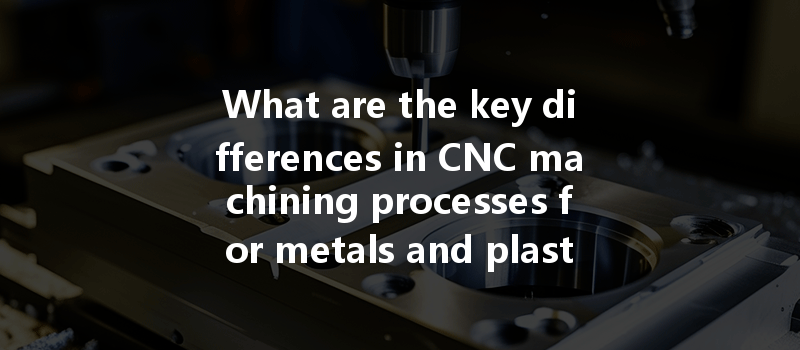: Understanding the Landscape of CNC Machining
Did you know that the global CNC machining market is projected to surpass $100 billion by 2027, driven largely by increasing automation in manufacturing? As industries continue to evolve, CNC (Computer Numerical Control) machining has rapidly become one of the cornerstones of modern manufacturing. However, when it comes to choosing materials for CNC machining, many manufacturers oscillate between metals and plastics. What distinguishes these two categories, and how do their machining processes differ? Understanding these core differences is imperative for optimizing production efficiency, reducing costs, and ensuring product quality.
In this comprehensive guide, we will explore the critical distinctions between CNC machining processes for metals and plastics, uncovering their unique characteristics, challenges, and the best practices for dealing with each material type. By the end of this article, you’ll be equipped with insights to navigate the CNC machining landscape more effectively.
The Basics of CNC Machining
Before diving into the specifics, let’s quickly revisit what CNC machining entails. CNC machining is a subtractive manufacturing process that utilizes pre-programmed computer software to dictate the movement of machinery and tools. It’s an adaptable and precise method that can produce parts with extremely tight tolerances, making it an invaluable asset across various industries.
Understanding Material Properties: Metals vs. Plastics
To comprehend the differences in machining processes, we first need to understand the distinct properties of metals and plastics:
Distinct CNC Machining Techniques
Metals:
Plastics:
Metals:
Plastics:
Metals:
Plastics:

Metals:
Plastics:
Challenges in CNC Machining
Each material presents its unique set of challenges during CNC machining:
Best Practices for CNC Machining Metals and Plastics
For Metals:
For Plastics:
Case Studies: Practical Applications
To illustrate the differences in CNC processes for metals and plastics, let’s delve into two hypothetical scenarios within an aerospace component manufacturing setting.
<li>An aerospace company requires CNC machining of an <a class="wpil_keyword_link" href="https://yl-machining.com/aluminum/" target="_blank" rel="noopener" title="aluminum" data-wpil-keyword-link="linked" data-wpil-monitor-id="19350">aluminum</a> alloy bracket for an aircraft wing. The choice of aluminum is primarily due to its strength-to-weight ratio.</li>
<li>Advanced five-axis CNC machining is deployed, allowing for complex geometries and high precision in tolerances of ±0.001 inches. Coolant systems are in place to handle the intensity of operations, reducing heat buildup on the cutting tool. The result is an efficient production cycle and high-quality aircraft components.</li>
<li>A similar aerospace manufacturer seeks to produce a series of lightweight plastic housings for an electronic control unit. The material choice is dictated by the need for corrosion resistance and weight savings.</li>
<li>The company opts for a CNC machining process that maintains low temperatures, utilizing air cooling methods and sharp-tipped tools to navigate the complexity of the housing design. Tolerances are monitored closely, but with allowances made for environmental influences, leading to successful production runs without significant defects.</li>
: The Balance of Understanding
Navigating the world of CNC machining requires a careful understanding of both metal and plastic fabrication processes. By grasping the key differences—ranging from tool selection and tolerance levels to cooling methods and speed settings—businesses can optimize their production processes, bolster product quality, and minimize costs.
In summary, both metals and plastics have unique properties and machining requirements that must be thoroughly understood to maximize efficiency and quality in production. With the correct application of techniques for each material type, manufacturers can achieve remarkable results that meet or exceed expectations.
So, whether you are a seasoned machinist or a newcomer to the field, taking the time to understand these distinctions in CNC machining processes is invaluable. It ensures that your approach to manufacturing is informed, strategic, and poised for the future. Remember, the difference in machining processes isn’t just about making parts—it’s about crafting excellence. As you move forward in your CNC machining endeavors, consider the impact that informed choices can make and how they can distinguish your operations in an ever-evolving industry.






